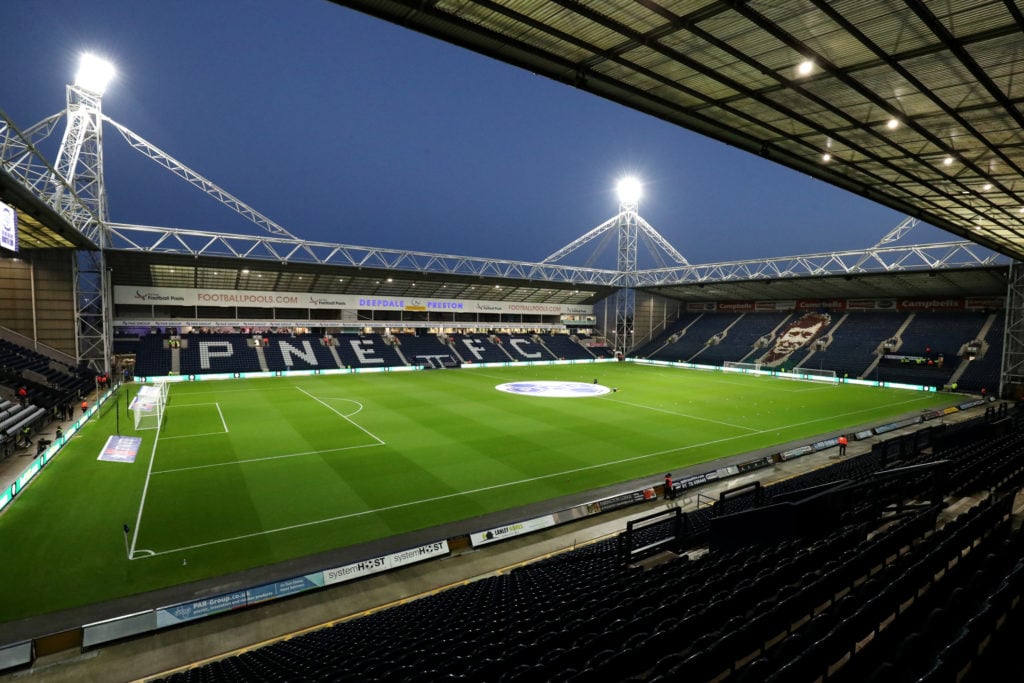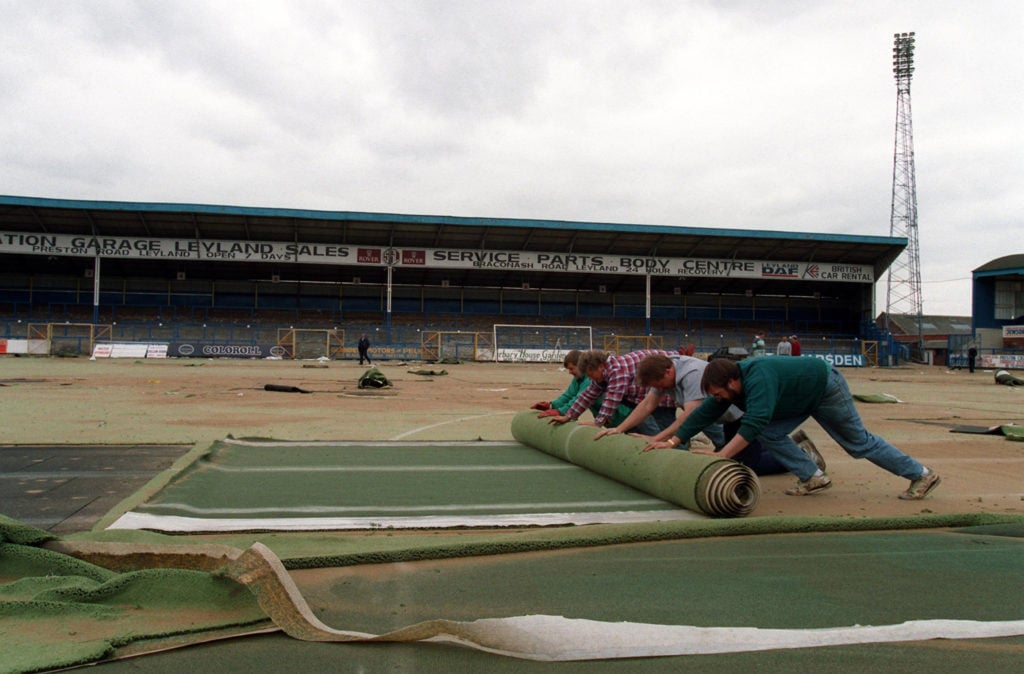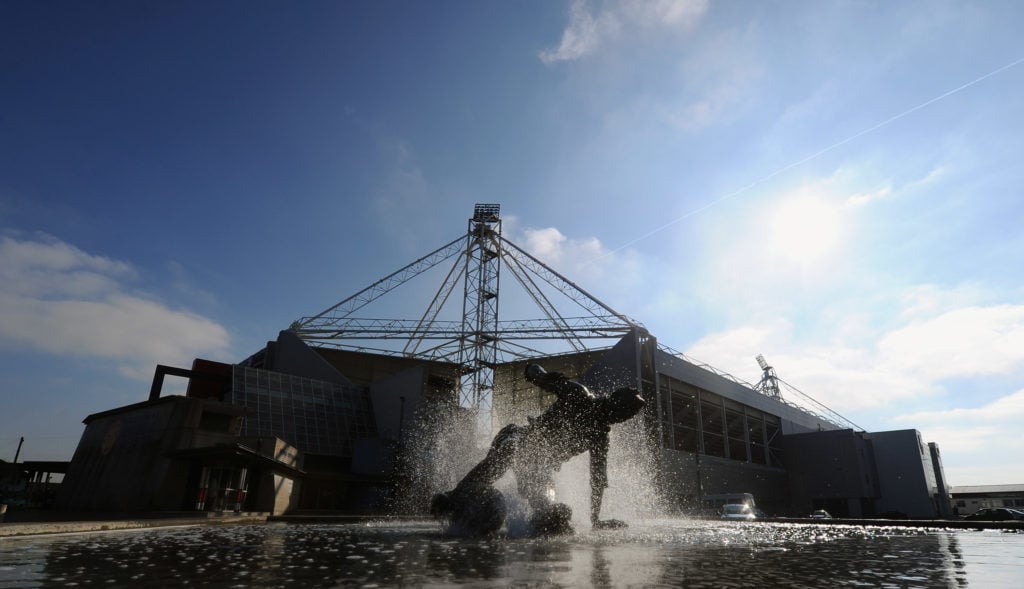| Stadium Name: | Deepdale |
| Year Opened: | 1875 |
| Capacity: | 23,404 |

History of the stadium
Welcome to the home stadium of Preston North End, Deepdale. It is one of the most iconic club football grounds in England with a history dating back beyond the Lilywhites’ to 1875.
The prestigious ground also remains the oldest professional football venue still in continuous use anywhere in the world. It first opened its doors for an association rules football match in October 1878. While Preston North End would later take up residency when formed in 1880.
Deepdale was the home of the Preston North End cricket club first after members took out a lease in 1875. They secured a rental agreement for the site but financial problems saw them turn to other sports to generate funds. Rugby games would take place at Deepdale in 1877.
Harry Carmel then raised the prospect of forming a football club to play at Deepdale in May 1888. Club members took note of other Lancashire-based association football clubs striking success in the last 1870s and unanimously carried Carmel’s motion to start their own team.
Preston North End have always remained loyal to Deepdale

Preston North End have since remained loyal to Deepdale as the only stadium in the football club’s history. The plot of land in PR1 which once formed a farm emerged as one of the best stadiums in England at the turn of the 20th century. While league football began from 1888.
The Lilywhites made changes to the venue to accommodate its use as a football site. They built the West Stand Paddock along the touchline and it remained in place until the 1990s. Preston also built a ‘dress tent’ in the corner to move away from using the Deepdale Hotel.
Early success brought silverware to Preston North End’s trophy history and saw fans flock in their droves to Deepdale. Demand soon outstretched the ground’s capacity, so Preston got to work building the Spion Kop. The club also extended the West Stand to join in the corner.
Preston introduced state-of-the-art tunnels to ease congestion exiting the South Town End, as well. But a fire ruined parts of the stand in 1933 and convinced the Lilywhites to build a new structure. It would give birth to the Pavilion, featuring new dressing rooms and offices.
Further modifications to Preston North End’s stadium followed in the 1950s as they added roofs to Deepdale’s remaining open-aired structures. While the club installed a plastic pitch in 1986. It was intended to help the club financially but it only remained in place until 1994.

The modern-day Deepdale started to take shape in 1995
Changes in 1995 then started to see Deepdale become the stadium that Preston North End call their home today. The Lilywhites demolished the old West Stand as part of their £4.5m project to build the Tom Finney Stand. The stand opened in 1996 with a capacity of 8,000.
Next for Preston North End was to redesign the Spion Kop, which would become the Bill Shankly Kop. The Lilywhites later designated the 6,000-capacity structure for visiting fans. While the club replicated the Bill Shankly Kop when redesigning the Alan Kelly Town End.
The Pavilion would be the last stand for Preston to redesign while the modern-day Deepdale took shape in 2007. Fans bid goodbye to the ‘old’ Deepdale as the Lilywhites demolished the stand. Doors opened for the new Invincibles Pavilion in August 2008 against Crystal Palace.
How to get to Deepdale

Fans can get to Deepdale through multiple means given the location of Preston North End’s stadium. It is located on the east of the city with good connections to the M6 motorway. All visitors arriving by personal vehicle should take Junction 31 and use the A59 toward Preston.
Preston train station is also around two miles from Deepdale, leaving visitors with a roughly 30-minute walk to the stadium. While bus routes 19 and 19A stop directly outside Deepdale. The route takes around 10 minutes from the Preston bus station to the Lilywhites’ stadium.
Address:
Deepdale: Sir Tom Finney Way, Preston, PR1 6RU